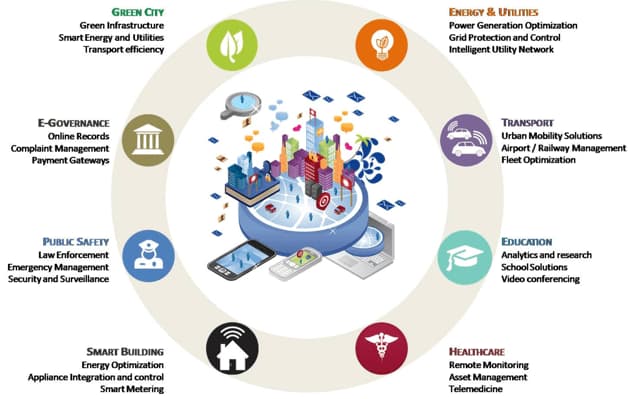Context: Active mobility in India has gained attention due to increasing traffic congestion, pollution, health concerns, and rising pedestrian deaths.
Understanding Active Mobility
Definition:
Active mobility refers to modes of transportation that rely on human power rather than motorized vehicles.Examples:
Common forms include walking, cycling, skateboarding, and other non-motorised travel used primarily for commuting, not recreation.Global Recognition:
The World Health Organisation (WHO) recognizes active mobility for its economic, social, environmental, and health benefits.
Benefits of Active Mobility
Economic Savings
Reduces household and national fuel and transportation expenses.
Environmental Impact
Promotes sustainable transport, reduces traffic congestion, and improves air quality.
Can help cut down India’s 12% carbon emissions from road transport.
Public Health Improvements
Encourages physical activity, potentially leading to lower healthcare costs.
Urban Vitality
Contributes to vibrant, climate-conscious cities and stimulates local economies.
Challenges to Active Mobility in India
Inadequate Infrastructure
Over 85% of Indian roads (as of 2021) do not meet safety norms for walking or cycling.
Competing Motorised Alternatives
Availability of low-cost motorised vehicles makes active mobility less appealing.
Climate and Distance Factors
Extreme weather and long commutes deter individuals from adopting active modes.
Social Perception
Vehicle ownership is often associated with social prestige, discouraging use of non-motorised modes.
Global Case Studies
Netherlands
A pioneer in active mobility with over 35,000 km of dedicated cycling lanes.
Integrated infrastructure and culture around cycling as a daily mode of transport.
European Union (EU)
Actively promotes walking and cycling through its Mobility and Transport policy.
Vision Zero initiative aims to eliminate road fatalities involving pedestrians and cyclists.
Active Mobility & the Smart Cities Mission
Relevance:
Active mobility aligns with the Smart Cities Mission’s vision of safe, green, and inclusive urban spaces.Need:
With over 1.5 lakh road accident deaths in 2022, fostering walkable and cyclable cities can save lives and improve overall livability.
Smart Cities Mission: Quick Overview
Launched: 2015
Nature: Centrally-sponsored scheme
Nodal Ministry: Ministry of Housing and Urban Affairs
Six Fundamental Principles
Citizen Participation – Inclusive planning and decision-making.
Inclusive Development – Ensuring benefits for all, including vulnerable groups.
Sustainability – Promoting ecological, economic, and social sustainability.
Integrated Infrastructure – Harmonized development across key services.
Innovation & Technology – Leveraging smart solutions for efficiency.
Accountability & Transparency – Ensuring responsive governance and monitoring.

Strategy of the Smart Cities Mission
The Smart Cities Mission aims to drive urban transformation through targeted planning and the integration of smart technologies. Its strategy is broadly divided into two main components:
1. Area-Based Development Solutions
These focus on improving specific urban areas through one or more of the following approaches:
Retrofitting
Enhancing existing built-up areas by introducing smart infrastructure and planning solutions.
Focus: Efficiency, livability, and service delivery improvements.
Redevelopment
Demolishing and rebuilding existing areas with modern layouts, increased infrastructure capacity, and higher population density.
Focus: Urban renewal and optimization of land use.
Renewal
Developing vacant or underutilized land (typically over 250 acres) using smart planning and innovative financing tools.
Includes provisions for affordable housing, green spaces, and public utilities.
Focus: Expanding city capacity with inclusive planning.
2. Pan-City ICT Interventions
Implementing Information and Communication Technology (ICT) solutions across the entire city to improve:
Urban governance
Infrastructure management
Public service delivery
Examples:
Intelligent traffic systems
Smart street lighting
Integrated command and control centers
Online grievance redressal platforms
Core Infrastructure Elements of a Smart City
Smart Cities are envisioned to provide a high quality of life to their citizens through robust core infrastructure, including:
Adequate water supply
Assured electricity supply
Sanitation, including solid waste management
Efficient urban mobility and public transport
Affordable housing, especially for the urban poor
Robust IT connectivity and digital infrastructure
Good governance with a focus on e-governance and citizen participation
Sustainable environment management practices
Safety and security for all, especially women, children, and the elderly
Access to quality health and education services
